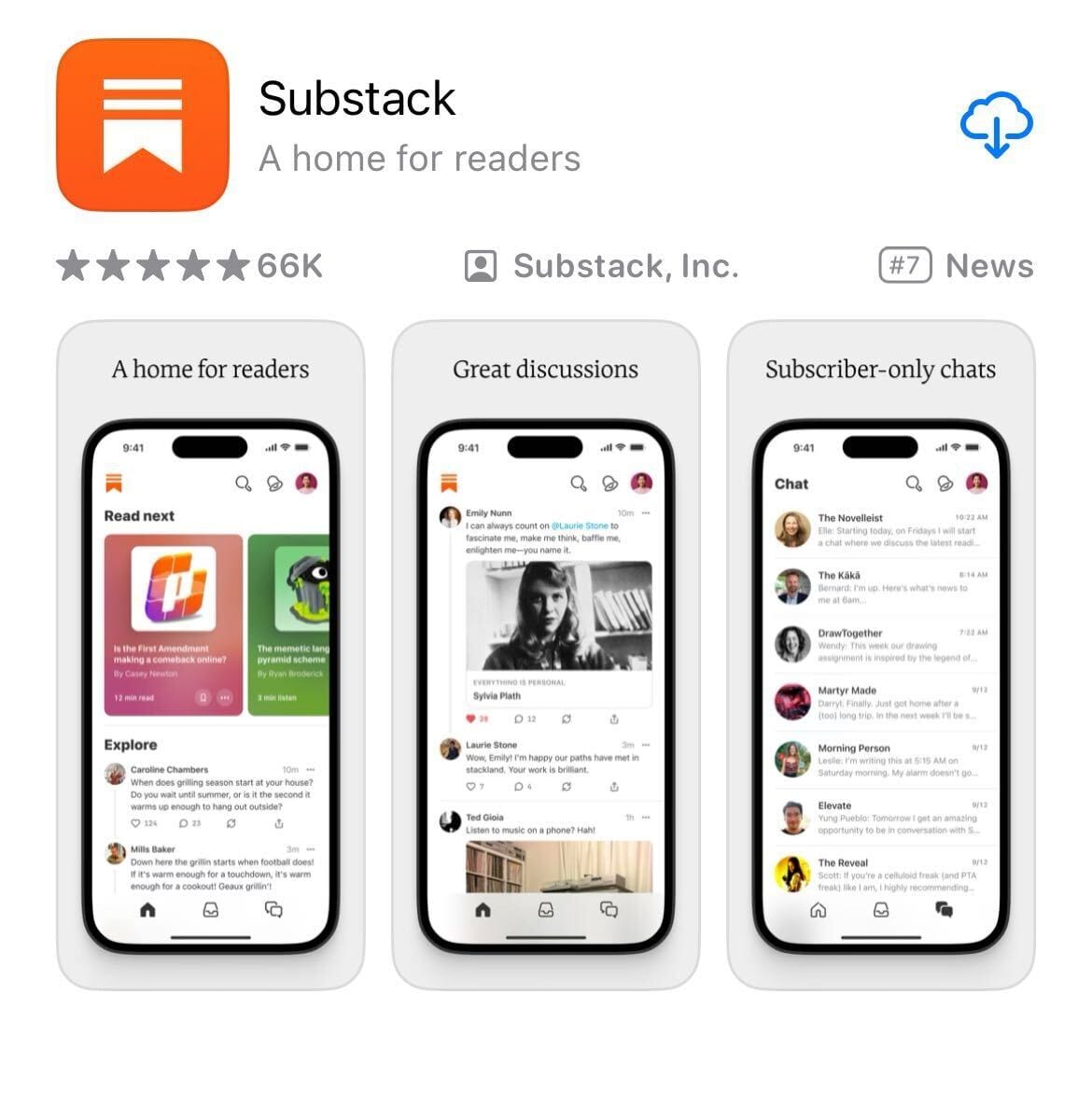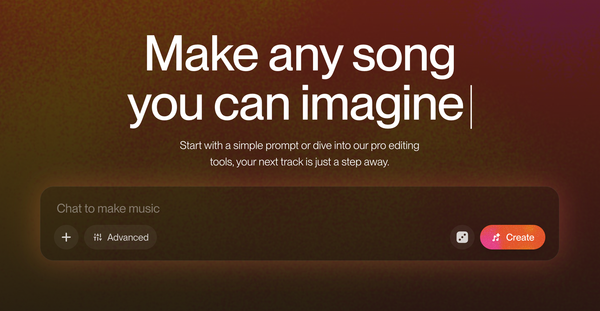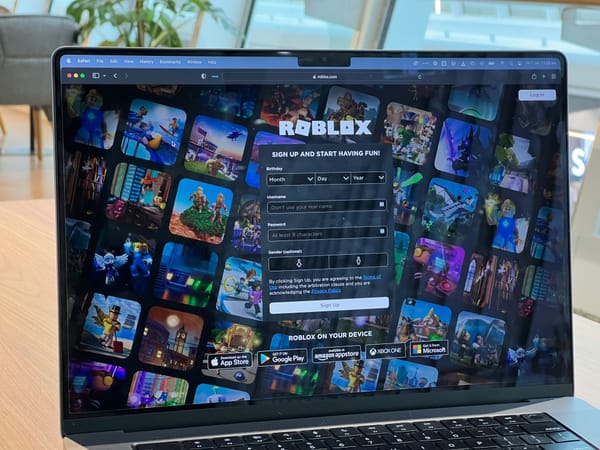Let’s all try to help Substack live up to its new valuation
The company's new unicorn status has already led its founders to reverse their position on advertising. What other compromises are they prepared to make?

Substack, the site where I launched Platformer in 2020, said today that it raised $100 million in Series C funding, three full years after it first set out to do so. Platformer left Substack last year after the company would not commit to looking for and removing pro-Nazi content on the platform. But like a jilted lover who occasionally looks up his ex’s Facebook profile, wondering what might have been, I still check in on Substack to see how its business is going.
That business has never entirely made sense to me. The company takes a 10 percent cut of subscription revenue, meaning that the more your business grows, the worse a bargain it is for you. (The level of service you get paying the company $1,000 a year is more or less the same as it is if you pay it $50,000 a year.) At the same time, it has never even been clear that 10 percent is a big enough cut to support Substack’s venture-backed ambitions — with creators keeping 90 percent of revenue, Substack would need thousands of them to succeed on a large scale even to justify its 2021 valuation of $650 million.
This is the reason the company’s first effort to raise a Series C failed. At the time, it had revenue of about $9 million. For the $1 billion valuation that Substack was then thinking, investors were looking for revenues in the $100 million to $150 million range.
Well: as of today, Substack has achieved the unicorn status it has long sought: “The funding round valued Substack at $1.1 billion, according to two people close to the deal,” report Benjamin Mullin and Jessica Testa at the New York Times.
Interestingly, Eric Newcomer reported last month, Substack got there without ever getting to that $100 million figure: the company’s recurring revenues are only around $45 million. Still, that’s up five times over its 2021 revenue. And the ongoing collapse of the traditional press, coupled with continuing success that former TV news stars like Jim Acosta and Mehdi Hasan have had on the platform, have made Substack look like a better bet.
Substack’s cultural impact is undeniable; in many ways it really is the social media alternative its founders set out to create, even as it has increasingly aped the features and growth strategies of platforms like Facebook and Twitter. The company says that it has half a million creators on the platform, and 50 of them are now making $1 million or more a year.
Achieving unicorn status is a celebrated milestone in Silicon Valley, and co-founders Chris Best and Hamish McKenzie made the rounds on Thursday to thump their chests. In a blog post, they promised to invest the new funding in creators: “At Substack, we believe the heroes of culture are the ones who shape it. Technology should serve them, not the other way around,” they write. “That’s why we’re building tools and a network to protect their independence, amplify their voices, and foster deep and direct relationships. These are the people who will lead us to a better culture, and a future we can believe in.”
I’m going to guess that they told their investors … something different? At the very least, something additional. Venture capitalists rarely invest in anything that they don’t believe has a significant possibility to return 10 times their investment. The distance between $45 million in annual revenue and a $10 billion exit is substantial.
So how do they get from here to there?
While it’s always possible to choose another path, platforms’ historical answer to this question has been: by making everything a little bit worse continuously forever. In 2022, Cory Doctorow gave a name to this phenomenon — enshittification — that I don’t love, but still find useful. It’s simply true that platforms typically start by offering creators generous terms and then gradually claw those back as financial imperatives become more important. Resisting this dynamic is akin to defying gravity: possible, but overwhelmingly difficult, and typically not worth the effort.
With that in mind, in the spirit of injecting some sober analysis into Substack’s big day, here are 11 or so ways that Substack is likely to change its bargain with creators and their audiences over the next few years. It won’t do all of these, and it may not even do most of them. But I’ll bet you it does more than one.
Milking readers
Substack currently generates millions of pageviews from readers that it doesn’t monetize at all. And those views actually cost the company money, since it has decided to cover the not-insignificant cost of sending emails on behalf of its creators, even if they don’t have paid subscriptions enabled.




